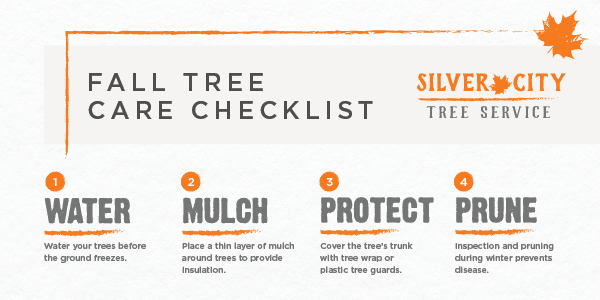Watch For Necessary Indications That Indicate Your Tree Might Be A Danger; Acknowledging These Can Assist Safeguard Your Building And Those You Care About.What Should You Watch On Following?
Watch For Necessary Indications That Indicate Your Tree Might Be A Danger; Acknowledging These Can Assist Safeguard Your Building And Those You Care About.What Should You Watch On Following?
Blog Article
Posted By-Winther Goodman
When it pertains to tree treatment, acknowledging the indicators that it's time for removal is essential for your security and home. You could observe stained fallen leaves, wilting branches, or weird fungal growths showing health problems. Architectural concerns, like a substantial lean or splits in the trunk, can also present risks. Recognizing these warning signs can aid you make educated choices regarding your trees and avoid potential risks prowling in your yard. What should How To Trim A Fruitless Mulberry Tree try to find next?
Indicators of Degeneration and Condition
When you discover signs of degeneration and condition in your trees, it's important to act rapidly. Search for stained leaves, wilting branches, or unusual developments like fungus. These can show that your tree is battling.
If you see cracks in the bark or soft, mushy timber, these signs recommend interior degeneration. In addition, an unexpected increase in pests around your tree can signal that it's weakened and susceptible.
Check for any type of dead or passing away arm or legs, as they position a threat to your home and safety and security. If you doubt regarding what you see, seeking advice from an arborist can give clearness.
Addressing these indicators early can conserve you from extra extensive damages and make certain the wellness of your backyard. Don't wait till it's far too late.
Structural Instability and Leaning
As you observe your trees, keep an eye out for any signs of architectural instability or leaning. If a tree leans substantially, it might suggest that the root system is compromised.
Search for any splits in the trunk or soil around the base; these can indicate potential failure. Furthermore, look for uncommon growth patterns, like a lopsided crown, which may suggest that the tree is struggling to hold itself upright.
If Read the Full Post observe that the tree favors your home, power lines, or various other structures, it presents a higher threat. Do not ignore these indicators-- consult an arborist to examine the circumstance.
Doing something about it early can stop costly damage and ensure your safety.
Dead or Perishing Branches and Vegetation
If you discover dead or dying branches and vegetation on your tree, it's a clear sign that something's wrong.
These unhealthy areas can show underlying concerns like illness, bug invasions, or environmental stress and anxiety. When branches lose their fallen leaves or turn brown, they're no more adding to the tree's health. Overlooking these indications could bring about additional decline, making your tree much more hazardous.
Dead branches can conveniently break short during storms, posing a danger to residential property and people close by. It's critical to assess the level of the damages.
If the issue affects a considerable part of the tree, consider seeking advice from a specialist. They can help identify if elimination is needed to make certain security and keep the appeal of your landscape.
Conclusion
If you notice any type of indications of decay, architectural instability, or dead branches on your trees, do not ignore them. These signs can present major security dangers to you and your building. It's constantly best to seek advice from an expert arborist who can offer a specialist evaluation of your trees. Taking action early can prevent accidents and costly damages, ensuring your landscape stays secure and healthy and balanced. Bear in mind, it's far better to be positive about tree treatment than to wait for a calamity to happen.
